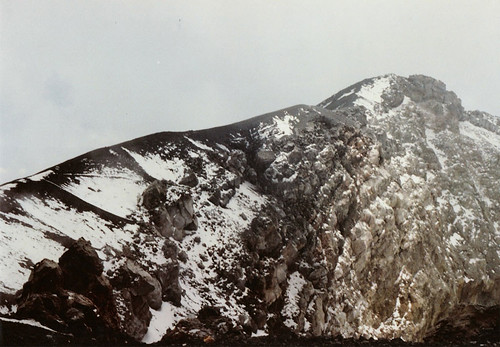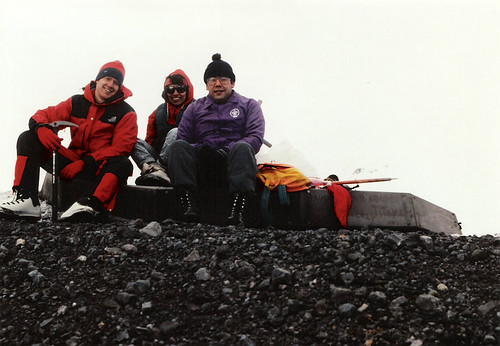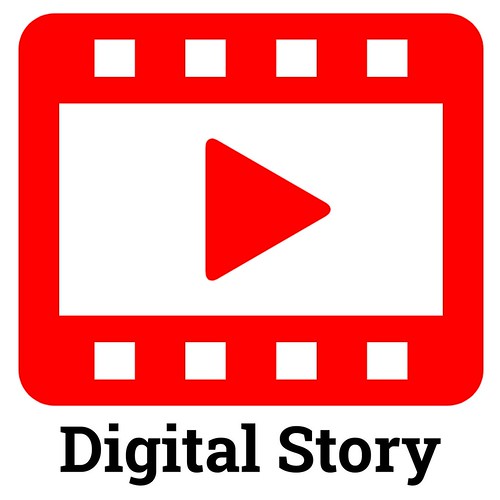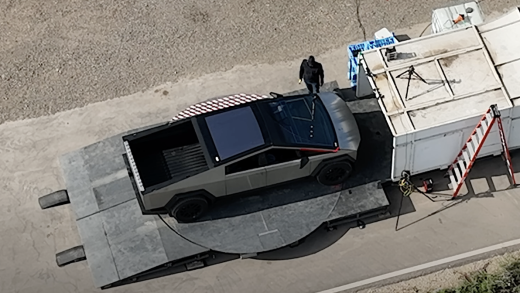I started my morning this Thursday of our spring break by watching episode one of an amazing Netflix series, “Tales by Light.” In this post I’d like to reflect on how this documentary combines my loves for digital storytelling, photography, the stewardship of our planet, and powerful media narratives that can both enthrall and inspire us.
IMDb provides the following description of this three season series of 15 episodes:
Behind every powerful image is a powerful story. Uniting exploration, photography and the natural world, Tales By Light follows photographers from Australia and around the world as they push the limits of their craft.
Tales by Light. (2015, May 24). [Documentary]. Canon Australia, Untitled Film Works.
The description of episode one, of season one “Submerged,” is:
World-renowned Australian underwater and nature photographer Darren Jew captures a Humpback Whale mating chase in Tonga and the 70-year-old wreck of a Mitsubishi Bi-Plane and active volcano in Papua New Guinea.
Tales by Light. (2015, May 24). [Documentary]. Canon Australia, Untitled Film Works.
Back in 2006 to 2008, when I was working for AT&T here in Oklahoma City as the state education advocate, I started to be struck by how incredibly powerful and different our media access was at home compared to school and work. Thanks to Internet connectivity and evolving technologies, I had access to DVDs AT HOME (which still came through the mail at that point instead of streaming over a high-speed connection) and larger format televisions and projectors.
This was “a flip” of how information access worked historically. When I grew up, we had to go to the library to have access to compelling new sources of information. From microfiche to inter-library loan to filmstrips to 16 mm films, it was just more challenging to access different forms of media content at home. Libraries and movie theaters were our portals to the world of media experiences.
Enter Netflix in 2022. How incredible that I can use the recommendation algorithm on my Netflix account, where I’ve been watching documentaries about cooking, our planet, space exploration, and other topics, and “serendipitously encounter” this amazing series which the Netflix algorithm recognizes / predicts I’m likely interested in. Using my smartphone, I’m able to view the series trailer on my phone, and then “cast” this video up on a 65 inch plasma television on the wall of our guest bedroom… and be completely enthralled with these amazing images.
As the featured photographer, Darren Jew, explains in the series, media can have amazing POWER to capture our imaginations and transport us (virtually) to places we could not go otherwise. The drone shots they utilized in episode 1 (of snorkel dives and a climb of an active volcano in Papua New Guinea) really are incredible. This is an example of something author Stephen B Johnson calls “the adjacent possible.”
In earlier years of human history, photographers and explorers simply did not have access to technologies that enable images like these to be captured. I love watching compilations of nature drone photography on YouTube, set to music and so inspiring to watch. Just as the climbers reach the lip of the volcano crater in episode 1, the drone captures the scene. Really incredible.
This reminds me of my most memorable and dramatic encounter with a volcano, in the winter of 1993, when I had an opportunity to climb the Popocatépetl volcano just south of Mexico City when I was living there for a year studying on a Fulbright.
It was a hard climb, the first and only time I have climbed a mountain over 17,000 feet high, and breathtaking to look down into the smoking mouth of a dormant volcano.

“Popo Crater” (CC BY-SA 2.0) by Wesley Fryer

“On the Summit” (CC BY-SA 2.0) by Wesley Fryer
Watching a Netflix series like “Tales by Light,” I am inspired to consider ways I bring compelling media images into my own classroom with students, and invite my students to not only CONSUME amazing videos, but also consider the ways they can use and CREATE media to communicate their own stories. While the equipment used in this video documentary is cutting edge and incredibly expensive, the smartphones to which many of us now have access are capable of amazingly powerful photographic and video capture. Paired with a well written script and some intentionally selected music, it really is amazing what we can do with digital storytelling.

“Digital Story” (CC BY 2.0) by Wesley Fryer
What a great day we live in! To be alive as learners, to be teachers, to be storytellers! What an opportunity we have to not only transport ourselves and our students to incredible parts of our planet we might not otherwise see using media, but also catalyze conversations about the importance of being “stewards of our planet” and being passionate about the care and preservation of our amazing natural world.
I love living in the intersection of these topics and technologies. If you have not already, check out “Tales by Light” on Netflix. Prepare to be inspired!

“Tales by Light” (CC BY 2.0) by Wesley Fryer
If you enjoyed this post and found it useful, subscribe to Wes’ free newsletter. Check out Wes’ video tutorial library, “Playing with Media.” Information about more ways to learn with Dr. Wesley Fryer are available on wesfryer.com/after.
Source : Tales by Light









